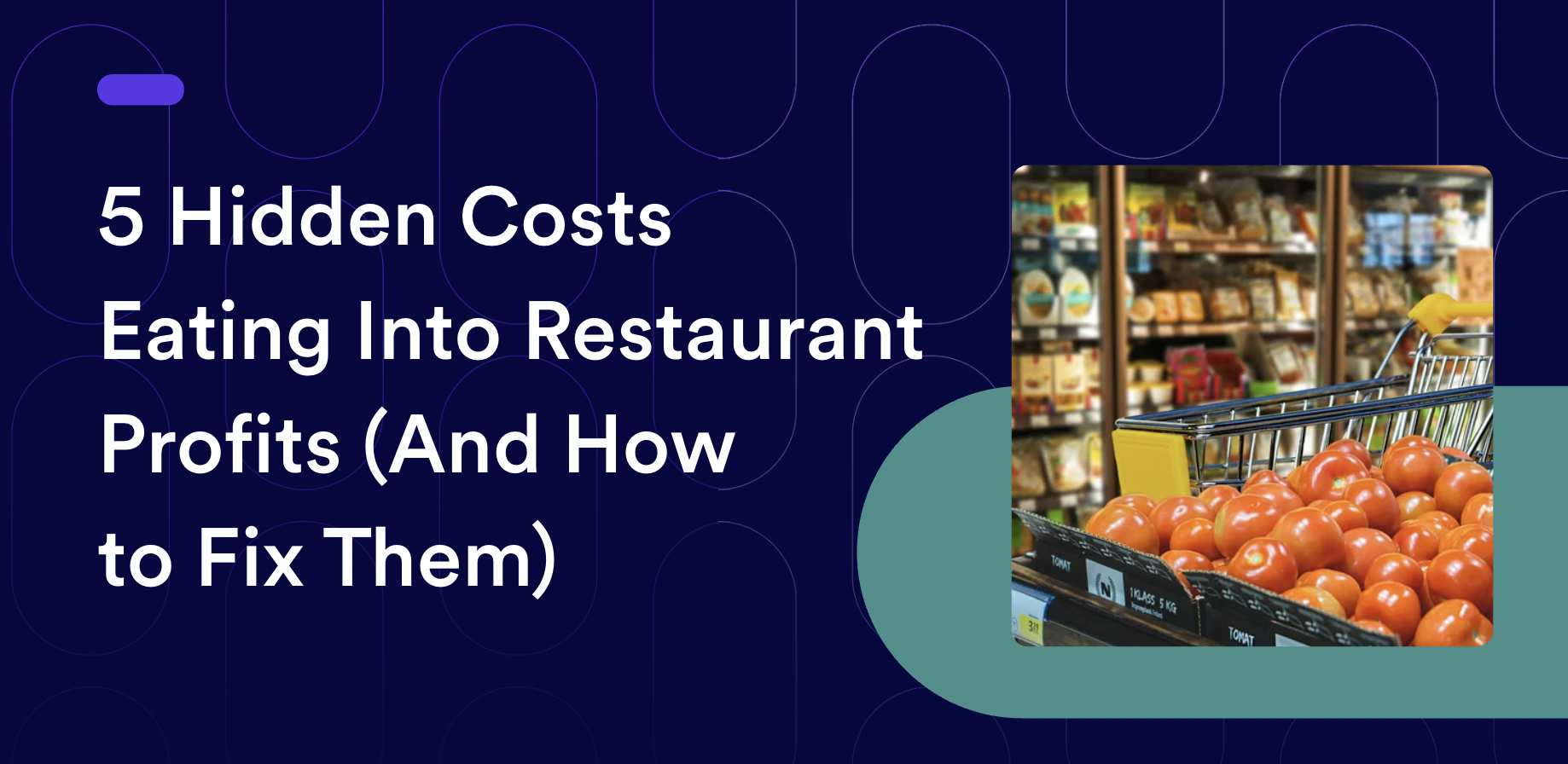Every chef has their own creative process and preferred method for documenting their ideas — ideas which eventually morph into recipes. This can range from notebooks, scrap paper and post-it notes, to note apps like Evernote and Apple Note, Google Docs and countless other ways.
The goal, of course, is to turn these ideas into a product that diners can enjoy again and again. But to get that done and delver great food consistently, chefs need to manage a number of steps along the way and rely on a number of tools to do so:
- They use spreadsheets, calculators and inventory/purchasing software to get costs.
- They use file storage apps like Dropbox and Google Drive to organize their work.
- They use various online resources to figure out unit conversions to scale their recipes
- They share recipes via email, recipe binders, text messages and often times just by word of mouth.
- To document procedure, many write out basic prep steps, but rely most heavily on word of mouth. (Ultimately it’s too difficult and time consuming to share photos and videos in real time explaining how they want things executed).
This whole process from ideation through costing, training, and execution is happening in multiple places both offline and through apps. None of which are built specifically for the needs of culinary professionals.
Although the restaurant industry is massive, today there is no technology dedicated to the culinary process. No central place to record, manage and share recipe content. In the hospitality industry today, when you hear ‘recipe management system’, the first things that typically come to mind are Inventory systems.
This is an especially hard pill to swallow when you consider that almost every profession has a system built specifically for their needs. Chefs instead rely on a combination of tools to manage their recipe content, none of which were built for their profession.

Juggling platforms: What chefs are saying
“To manage our recipes, we typically use Dropbox or Excel,” says Chef Wesley True, Executive Chef at True. “On one hand, Dropbox works well — finding most recipes is easy. But I’ve found that updating recipes and calculating costs is really tough.”
Chef Victoria Blamey, former Chef at Gotham Bar & Grill, relies on a number of platforms to manage recipe content. “I store everything in notebooks, or in my head. I also give our cooks little tiny address books to recipes so they can organize by letter.
More recently, I’ve started using Google Docs to create a better organizational system, especially because I’m meticulous about processes and details like time and temperature. I feel like it’s so important to include the ‘why’ behind every dish, so any documentation becomes much more than just instructions.
And to calculate costs, I’ll typically use excel or spreadsheets.”
“We use Dropbox to store our recipes,” says Chef Markus Glocker of Bâtard. “All my sous chefs have access and we update all of the recipes as we go, and we add new recipes with our standard template to keep everything organized.
With multiple tools and systems, none of which were designed specifically for culinary professionals, chefs risk original versions of recipes being compromised — or worse, deleted — lost time, errors, frustration and re-work. No chef has time for that.
94% of chefs say they need a better system to manage recipes
In a recent meez survey of hundreds of professional chefs, we found that 94% said they need a better way to store and manage their recipes.
Recipe management goes far beyond just inputting ingredient amounts to get a cost (though that is even hard to do with current solutions).
The whole process of recipe management is extensive. It includes:
- efficiently organizing searchable content
- scaling batch sizes and converting multiple units of measure
- communicating updates and training a team
- collaborating with team members
- obtaining accurate recipe costs
Your system needs to be dynamic and responsive — especially as our survey shows that 81% of chefs and their teams access recipe content every single day.
Why does this matter? This means that the accuracy and consistency of your recipes and how you are able to distribute and update them to your team is imperative to executing great food quickly.
When it comes to recipe management, here’s how we think about it:
- Recipes are more than just a list of ingredients. Most often, what is most important in recipes is the 'Why' (process) and the 'what' comes next.
- Chefs should be able to create, update, organize, search and share content from one place.
- Recipes should be dynamic. If you change any ingredient quantity, yield or batch size, the recipe should be able to scale automatically.
- The right units of measure are important. If you’re using KG and the recipe scales down, you should see grams. If you’re using teaspoons and the recipe scales up, you should see Tbsp or cups, etc. (Not 23tsp! - who can measure that?)
- Conversions and cost updates should be easy and happen automatically.
- Images and videos that are essential to training and onboarding cooks shouldn’t live somewhere else apart from the recipe and should be easy to add
- Sharing access to content should be quick to do and quick undo.
Notebooks and spreadsheets aren’t cutting it. To learn how meez is powering recipe development and empowering chefs to scale their vision with their team, sign up for free or book a demo here




